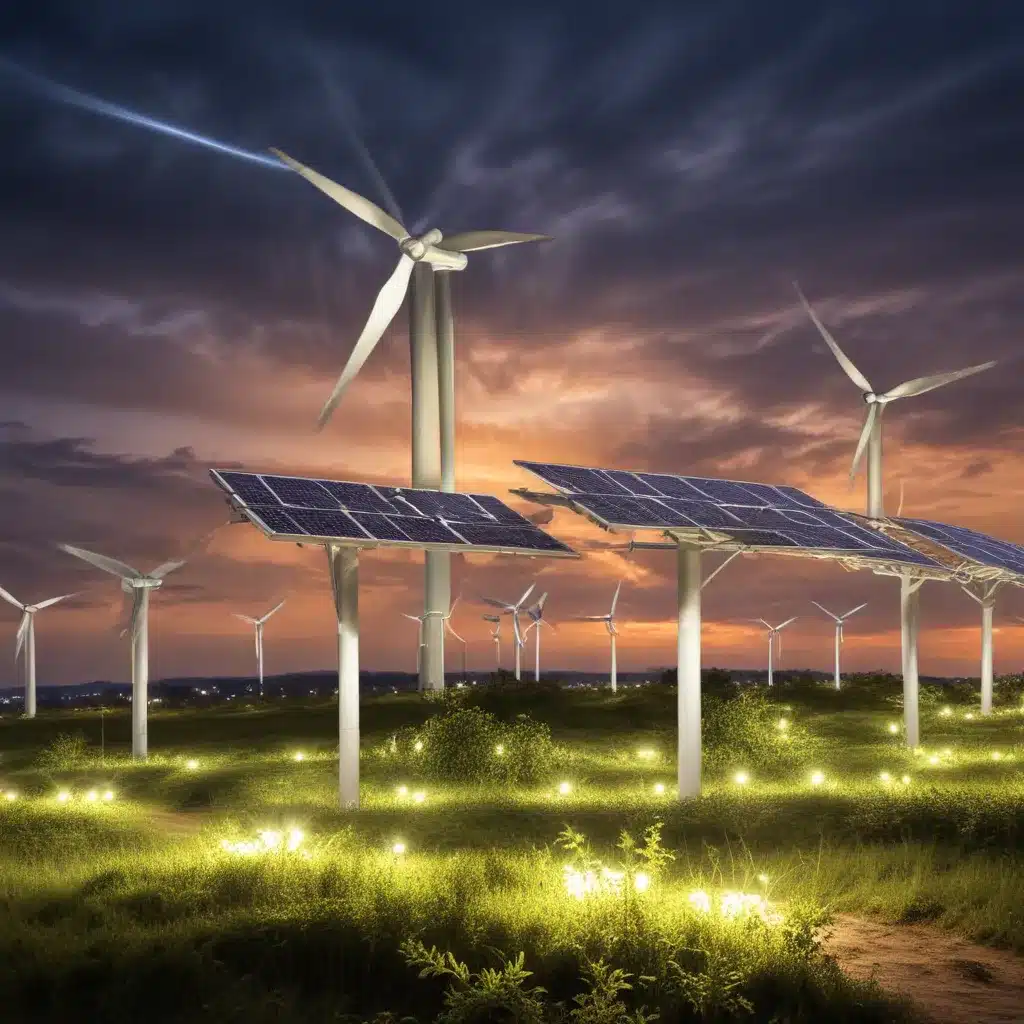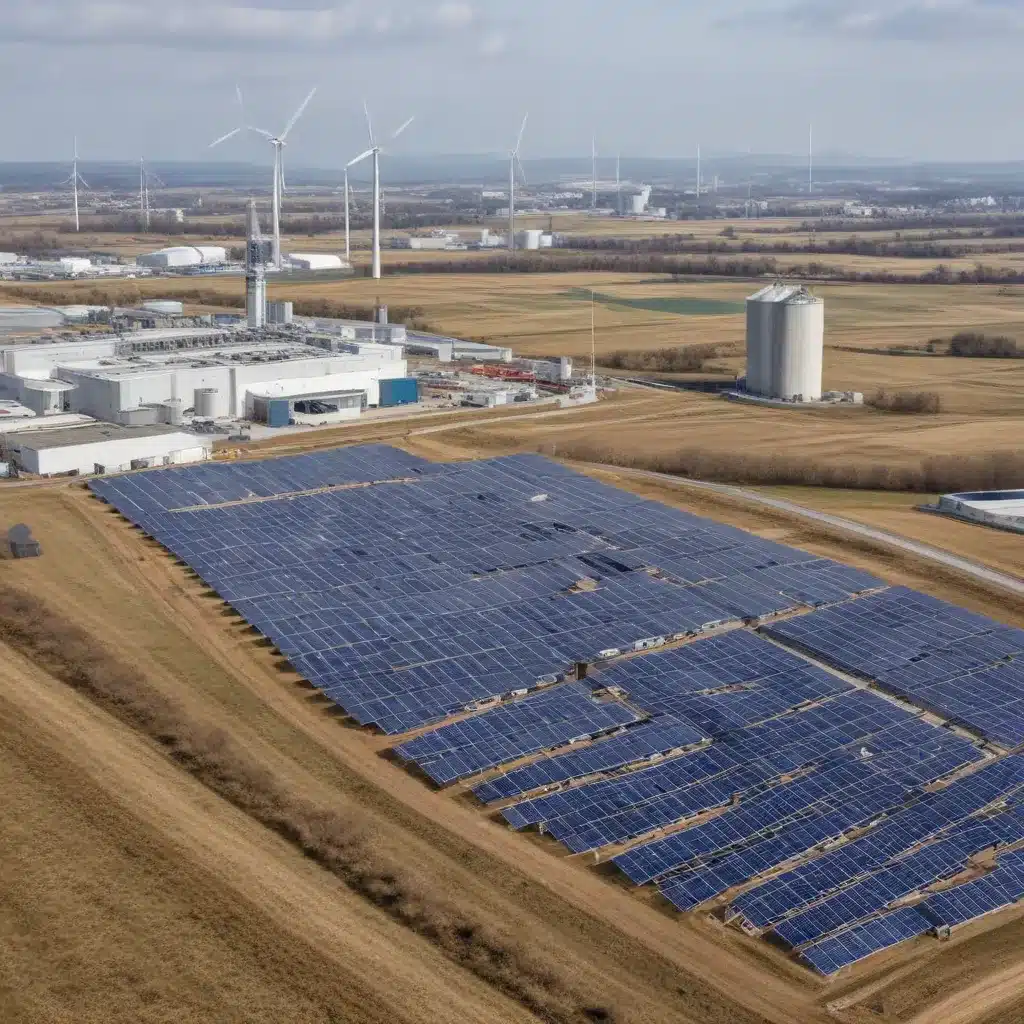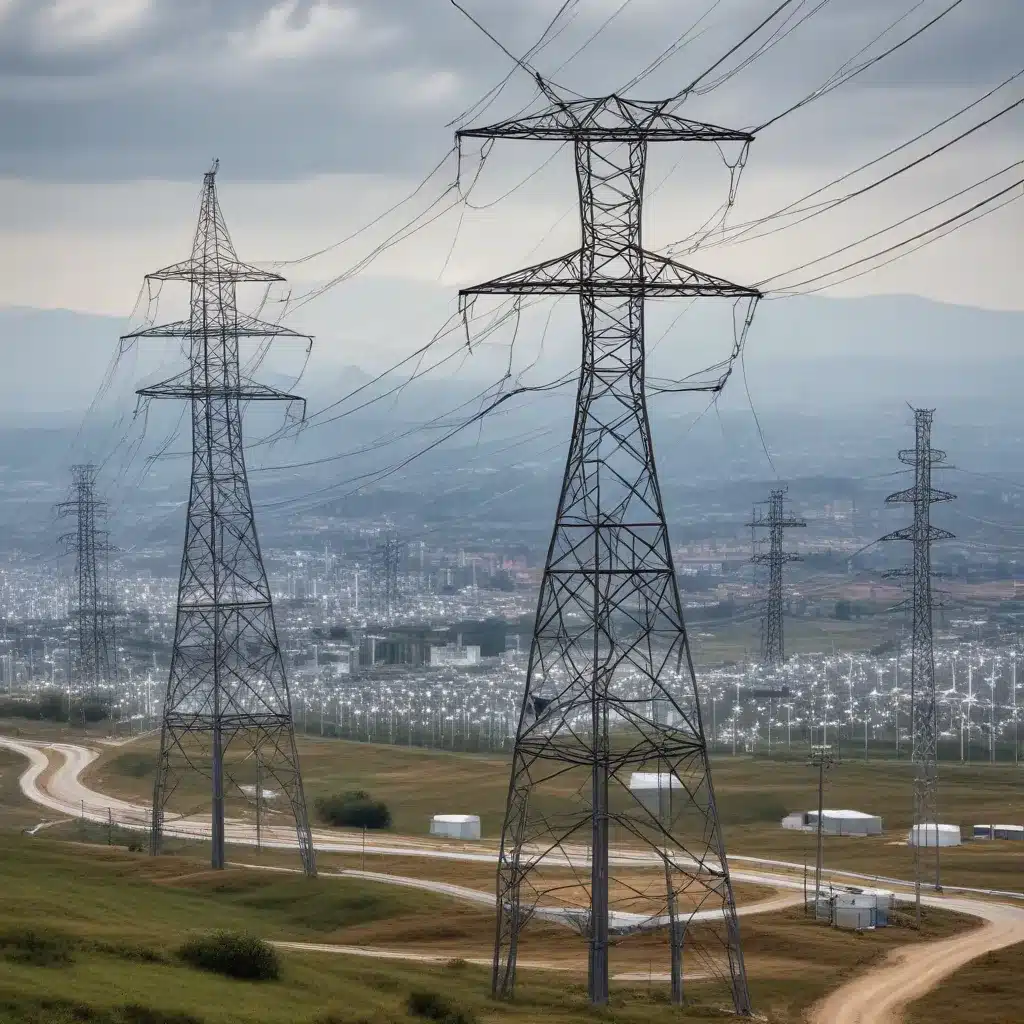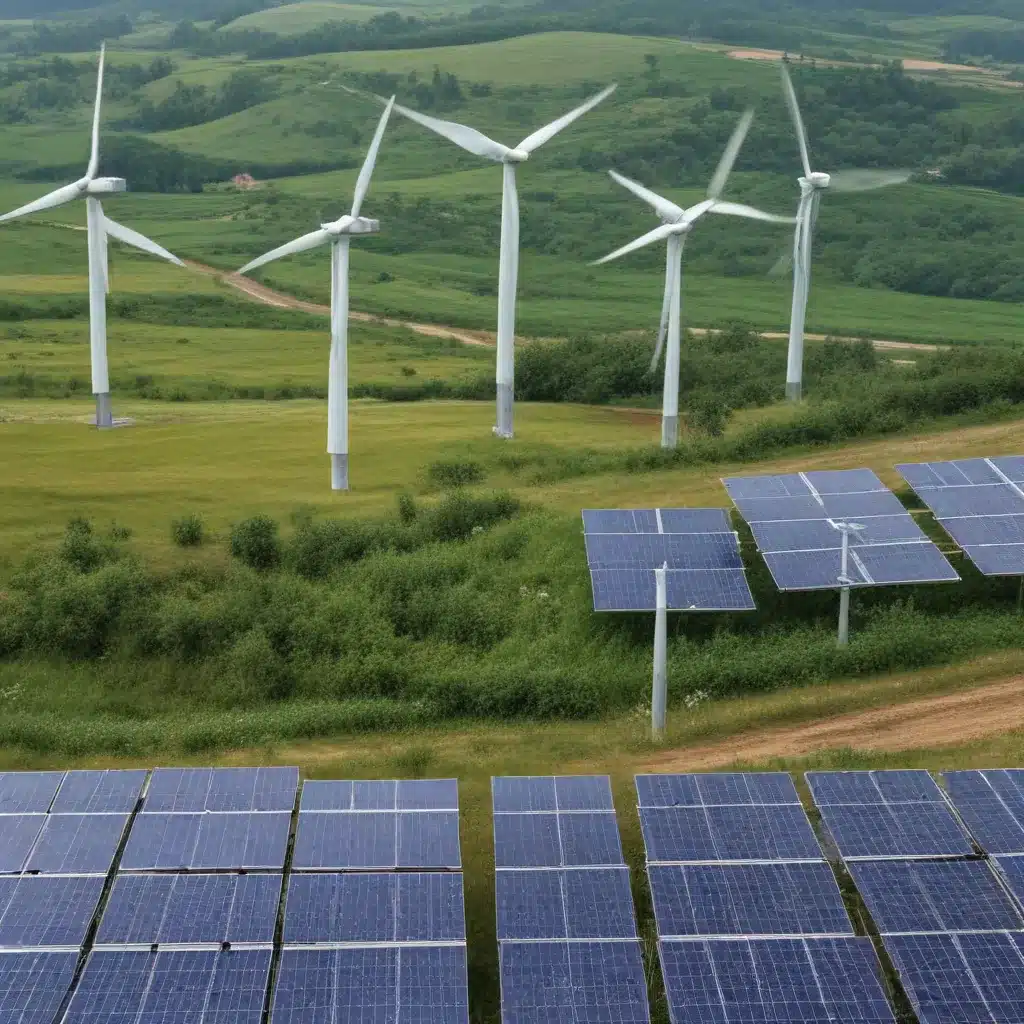As the world becomes more aware of the impact of energy consumption on the environment, renewable energy is gaining popularity. Renewable energy comes from sources that do not deplete, such as the sun, wind, water, and geothermal heat. But with so many options available, it can be difficult to decide which renewable energy source is best for your needs. In this article, we will explore the pros and cons of different renewable energy sources, so you can make an informed decision.
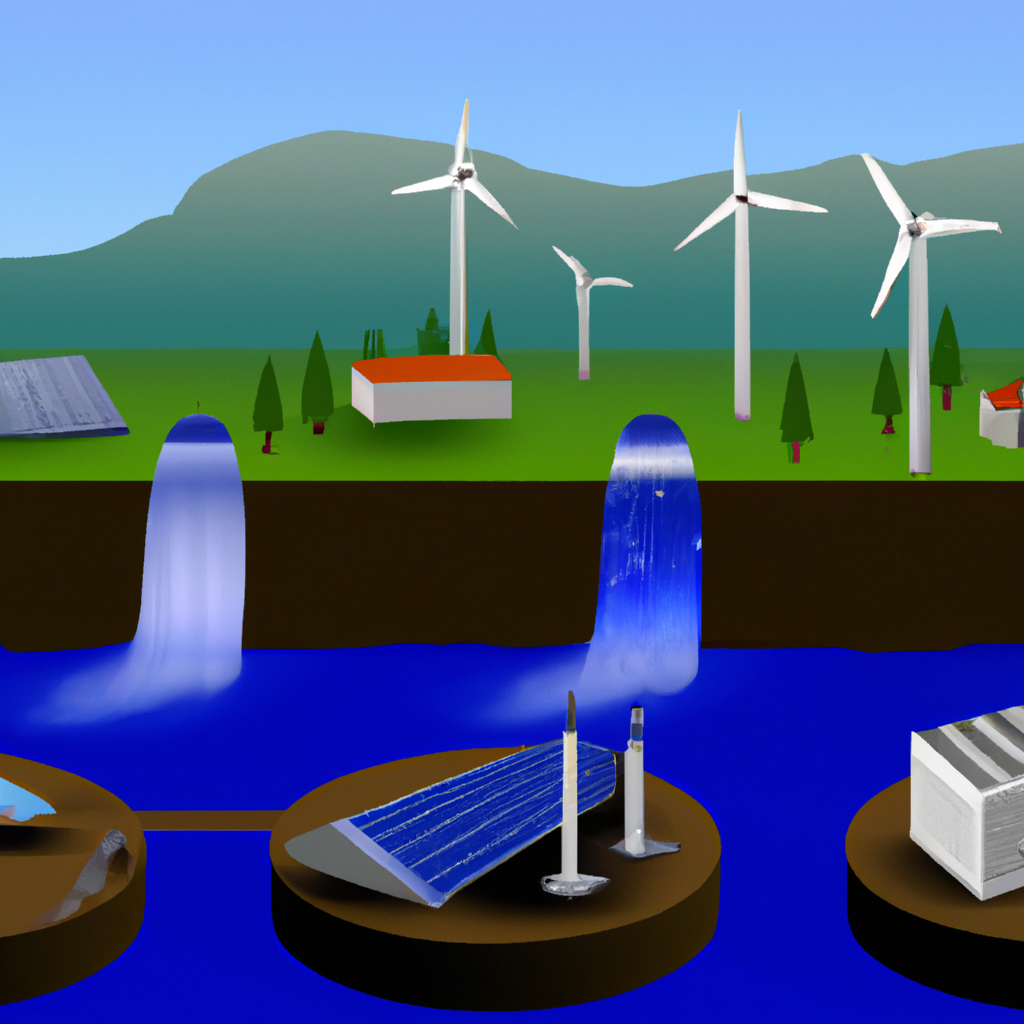
Solar Energy
Solar energy is one of the most popular renewable energy sources, and for good reason. It is abundant, inexhaustible, and emits no greenhouse gases. Solar panels can be installed on rooftops, on the ground, or even on water. They generate electricity by converting sunlight into direct current (DC) electrical energy, which is then converted to alternating current (AC) energy for use in homes and businesses. Solar energy is also becoming more affordable, thanks to advances in technology and government incentives.
However, solar energy does have some drawbacks. It requires a lot of space to generate enough energy to power a home or business, and solar panels can be expensive to install. Solar energy is also reliant on sunlight, which means that it may not be a reliable source of energy in areas with limited sunlight or during cloudy days. Finally, solar panels can be affected by weather conditions such as hail, snow, and high winds, which can damage or even destroy them.
Wind Energy
Wind energy is another popular renewable energy source. It is generated by wind turbines, which convert the kinetic energy of the wind into electrical energy. Wind turbines can be installed on land or offshore, and they produce no greenhouse gas emissions. Wind energy is also becoming more cost-effective, making it an attractive option for both residential and commercial users.
However, wind energy also has some drawbacks. Wind turbines can be noisy, which can be a problem for nearby residents. They also require a lot of space, and their installation can be costly. Wind energy is also dependent on wind speed, which means that it may not be a reliable source of energy in areas with low wind speeds.
Hydro Energy
Hydro energy, also known as hydroelectric power, is generated by the movement of water. It is one of the oldest renewable energy sources and is still widely used today. Hydro energy is generated by dams, which harness the power of falling water to turn turbines and generate electricity. It is a reliable source of energy, and hydroelectric power plants can be used for both large-scale and small-scale energy production.
However, hydro energy also has some drawbacks. Dams can have a negative impact on the environment by changing the flow of rivers and affecting aquatic life. Hydro energy is also dependent on the availability of water, which means that it may not be a reliable source of energy in areas with droughts or low water levels.
Geothermal Energy
Geothermal energy is generated by the heat of the earth’s core. It is a reliable and sustainable source of energy that is available 24/7. Geothermal power plants use steam from underground to turn turbines and generate electricity. Geothermal energy is also used for heating and cooling buildings, as well as for hot water supply.
However, geothermal energy is not available in all areas. It requires specific geological conditions, such as the presence of hot rocks or magma, which are not present in all areas. Geothermal energy can also be expensive to install, and it may not be a viable option for small-scale energy production.
Biomass Energy
Biomass energy is generated from organic matter, such as wood, crop waste, and animal manure. It is a renewable energy source that has been used for centuries. Biomass energy is generated by burning organic matter to produce steam, which is then used to turn turbines and generate electricity. Biomass energy can also be used for heating and cooking.
However, biomass energy can have a negative impact on the environment if not managed properly. Burning organic matter can release greenhouse gases and air pollutants, which can contribute to climate change and air pollution. Biomass energy can also be expensive to produce, and it may not be a viable option for large-scale energy production.
Conclusion
Renewable energy sources offer a sustainable and reliable alternative to fossil fuels. Each renewable energy source has its pros and cons, and the best option for you will depend on your location, energy needs, and budget. Solar energy is a popular choice for residential and commercial users, while wind energy is a good option for areas with high wind speeds. Hydro energy is a reliable source of energy, while geothermal energy is available 24/7. Biomass energy is a renewable energy source, but it requires careful management to avoid negative environmental impacts. By considering the pros and cons of each option, you can make an informed decision and choose the renewable energy source that is right for you.

